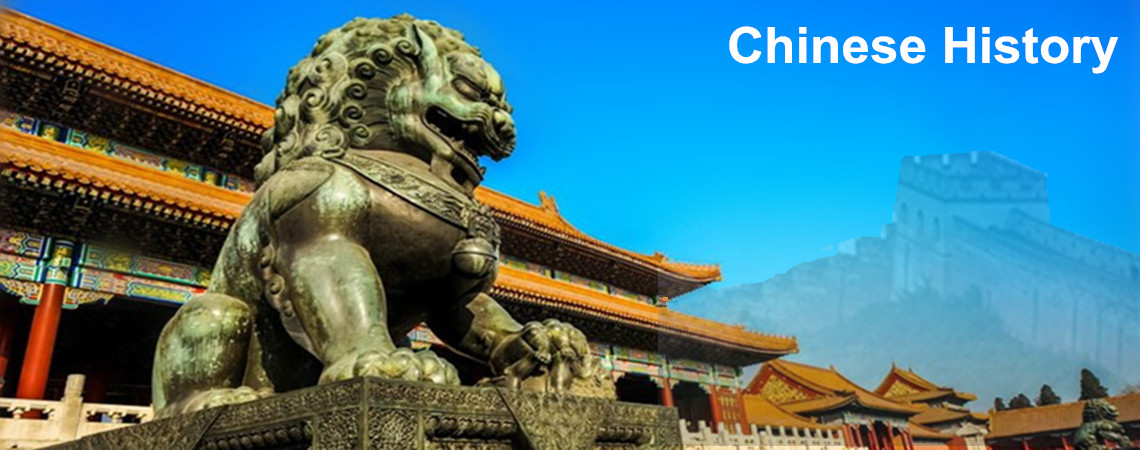
Spring and Autumn Period (770BC-256BC)
Facts of the Spring and Autumn Period
Time: 770 B.C.-256B.C.
Capital:Disunity of the country
Emperors: Five hegemony in Spring and Autumn, Seven Kings in Warring States
Replaced by: Waring States Period
Brief introduction of the Spring and Autumn Period
In order to develop the economic and military as well as the production, the regional lords need a lot of skilled and literature officials and excellent teachers to help them. Thus the great thoughts and ideas were produced in the situation.
The uses of iron have improved the production of agriculture and the iron was also used to forge as weapons.Numerous of Walls were built around the cities and the board of every country.It is in the situation that many philosophies were produced to conduct and analyze the disunity conditions.The hundred schools of thoughts were appeared under the great situations.The thoughts and the discipline of the great thinkers influenced the Chinese history until today.
The Hundred Schools of Thought
The Hundred Schools of Thought is a general abbreviationof various academic and ideological genres and their representative figures. Philosophers refer to Confucius and Mencius, and Xun Zi of Confucian School, Lao Zi of Taoism, and Han Feizi of School of Law. The Hundred Schools mean different schools of thoughts and ideas. After West Han Dynasty, Philosophers after Spring and Autumn can be summarized as disciples of Confucian School, Taoism, School of Yin-yang, School of Law, School of Ming, Mohism, School of Zong and Heng, Shool of Za, School of Nong (agriculture), as well as School of Xiaoshuo (novel). Except School of Xiaoshuo, the others are generally known as Ten Genres and Nine Schools. The most important include Confucian School, Taoism, School of Yin-yang, School of Law, School of Ming, and Mohism.
For the use of iron equipment, the productivity of spring and autumn period could be improved greatly. Besides the technology of smelting, the smelting of pig iron has been used by people in this period. The use of the iron equipment makes it possible to assert more fields in large scale and accelerates the appearance of private field. At the same time, it can provide much sharper tool for handicraft industry.
The technology of melting in the Spring and Autumn period had a high level. This can be proved by the unearthed foundry china in Houma. This showed the high level and big scale in bronze melting and mining.In the later years of Spring and Autumn Period, there were iron money used in the market. The uses of iron money lead to the development of commerce and handicraft industry.






 Ask Questions ?
Ask Questions ?